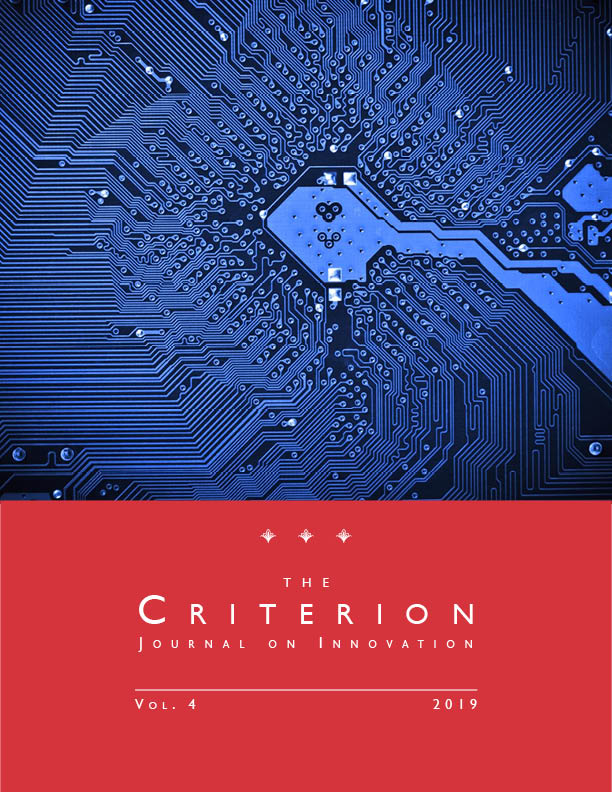Antitrust After Big Data
Purchase a reprint version of the Article (Amazon) | Read the Article (PDF) | Download the Article (PDF) Download the Article (PDF)With the rise of digital markets, the conventional wisdom was that big data was a new economic phenomenon that would allow incumbent firms with market power to entrench their market positions, foreclose competitors, and serve as a virtually insurmountable barrier to entry. This led to calls for greater antitrust enforcement and regulation of big data practices. Since that time, with the benefit of substantial growth in the theoretical and empirical economic literature involving big data, it is appropriate to revisit our understanding of big data’s implications for antitrust. This article contributes to the discussion by detailing three things we have learned about big data as it applies to competition policy. First, we now have a better understanding of the role that big data plays in the production and innovation process. Second, it makes little sense to reflexively label big data as a barrier to entry. Competition policy is better served by considering actual entry conditions rather than basing competitive effects analysis on determining whether access to certain inputs are or are not barriers to entry. Third, competition authorities now have a sizeable level of experience in assessing big data in actual cases. It is notable that, thus far, big data alone has not fueled a theory of harm that has led to an agency challenge in the United States or Europe. All these considerations suggest that we are perhaps in a new, more mature, era regarding big data in competition policy—not because big data is any less important to innovation—but because researchers and regulators have consistently found that big data in and of itself does not represent a relevant antitrust concern.

Cite as
John M. Yun, Antitrust After Big Data, 4 Criterion J. on Innovation 407 (2019).
